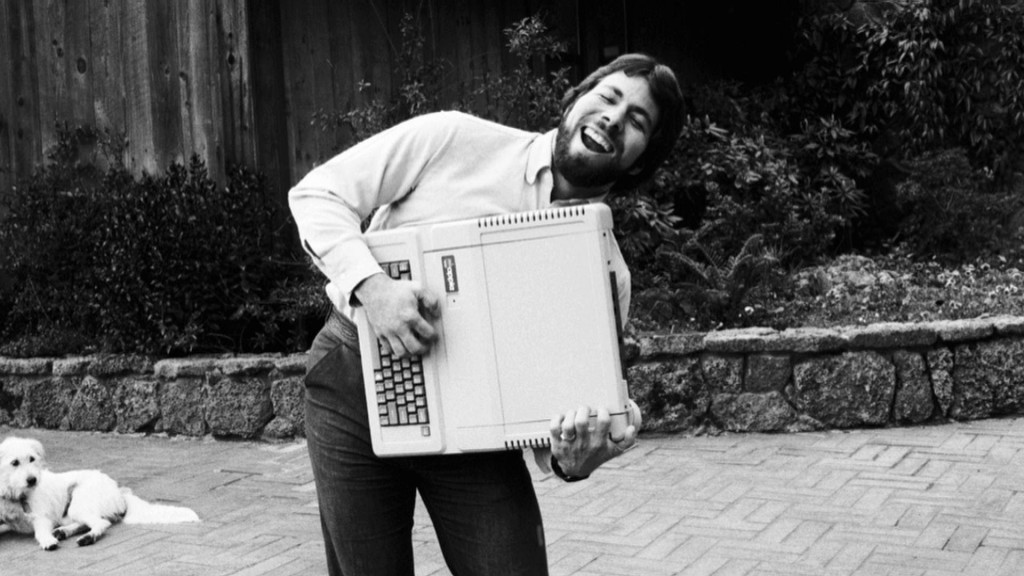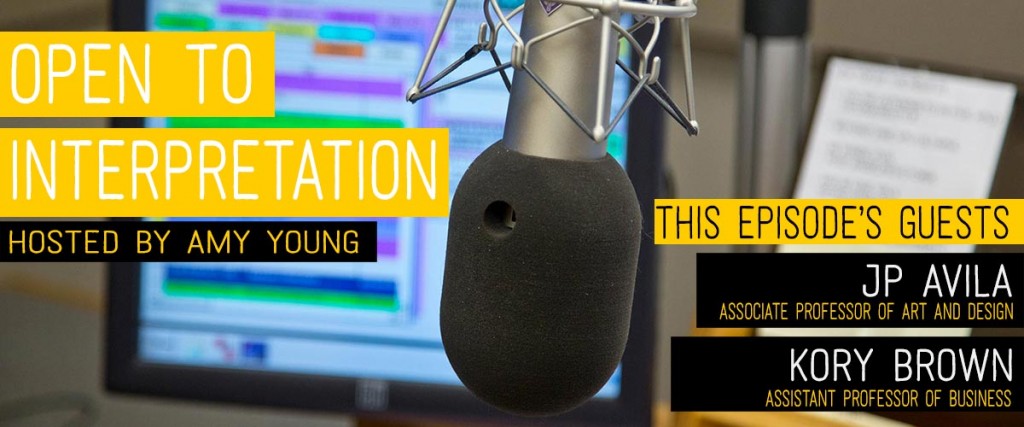Page 7 • (1,067 results in 0.044 seconds)
-

Landon Packard ’17 says it’s time to rescue the rescuers. The sociology major researched first responders’ emotional labor — the process of managing emotions to satisfy the requirements of a
hated the process of transcribing, he had a knack for drawing out his participants, making them feel comfortable, and eliciting heartfelt and sometimes painful stories.” Gregson stressed that Packard’s growth is indicative of the learning-by-doing model that’s key in student-faculty research opportunities at PLU. “I could tell stories all day long about challenges I’ve encountered while collecting data or the thrill of developing an analytical hunch, but until students experience it themselves, it
-

PLU professor adds ‘board game inventor’ to his résumé.
encouraged him to join her in setting a personal goal to accomplish within a year, while Ciscell was in graduate school at Colorado State University. Within that year, after what Ciscell calls a “very scientific” data-collection process of playing his game about 100 times with friends-turned-critics, “Atlantis Rising” was finished. Ciscell used his contacts from gaming conventions and sold the game to the first company he pitched it to, New York-based Z-Man Games. The company hired a designer from the
-

By Damian Alessandro ’19. In most popular histories of computing, the Apple II personal computer (1977) stands out as a pathbreaker among early devices in the PC Revolution. But how innovative was Apple’s first mass-market computer, and what design features and ideas helped it stand…
was divided by many ratios to create all frequencies needed. He discovered that more costs could be cut by using software to look up the address of scanlines, instead of storing them in sequential areas of memory. Software was also used for the high-resolution graphics mode which was determined by pixel position, meaning Woz did not need chips to convert bit patterns into colors. Initially, the Apple II used data cassette storage, which was consistent with other microcomputers of the time. However
-
Occupational Health and Safety Manual. The first consideration of the safety program at Pacific Lutheran University is the well-being of its students, faculty, and staff.
. If a hazardous material is a contributing factor in an emergency, information on the substance will be available on the material safety data sheet (MSDS). The MSDS may be obtained from the Environmental Health & Safety Manager’s office, from the department that “owns” the material, or they can often be found on the manufacturer’s website. Contact Campus Safety & Information immediately at x7911. Relay MSDS emergency treatment procedures for the specific hazardous material to emergency medical
Current HoursMonday: 0:00am-0:00pmTuesday: 0:00am-0:00pmWednesday: 0:00am-0:00pmThursday: 0:00am-0:00pmFriday: 0:00am-0:00pmSaturday: ClosedSunday: ClosedDocumentational Template000-000-0000Building Name 000 Tacoma, WA 98447Department of Environmental Health & Safety253-535-5047Pacific Lutheran University 12180 Park Ave. S. Hauge Administration Building Office 124b Tacoma, WA 98447 -

TACOMA, WASH. (April 6, 2016)-The seventh episode of “Open to Interpretation” features a discussion of the word “failure” among host and Associate Professor of Communication Amy Young, Associate Professor of Art and Design Jp Avila , and Assistant Professor of Business Kory Brown . “Open…
failure and to talk about it. It was just that open-ended in terms of the data gathering. We ended up with thousands of opportunities to code their statements. We found a few interesting things. We are able to actually cluster their statements into three major categories. One was very much an external attribution, the market was really bad, the economy really hurt my opportunity to be successful in my business. Amy Young: A little scapegoating maybe. Kory Brown: There are certainly was but there were
-
CS Course Web PagesWeb pages for current CS courses: DATA 233: Introduction to Data Science II CS 144: Intro to Computer Science CS 270: Data Structures CS 302: Computer Organization CS 343: Programming Language Concepts CS 367: Databases & Web Programming CS 390: Objects & Design CS 412: Computer Graphics CS 444: Operating Systems CS 499: Capstone – Senior Seminar
-
Teacher PEAB The teacher PEAB meets a minimum of three times per year. The PEAB provides feedback and direction on curricular decisions, reviews program assessment data, and shares insights about the directions and needs of K12 schools. Teacher PEAB Members Emily Weston (2021-2022) Annie Wright Private School Heidi Eshpeter (2017-2022) Puyallup School District Jillian Gutierrez (2016-2022) Tacoma School District Kristi King (2021-2022) Tacoma School District Mary Jo Larsen Pacific Lutheran
-
large numbers and central limit theorem, sampling distributions, theory of point estimators, confidence intervals, hypothesis tests, regression (time permitting). Cross-listed with STAT 242. Previously was MATH/STAT 341. Prerequisite: MATH 151. (4) MATH 245 : Discrete Structures - NS Topics that are of relevance to computer scientists and computer engineers, including quantified logic, sets, relations, functions, recursion, combinatorics, and probability. Tools of logical reasoning, such as
-
, theory of point estimators, confidence intervals, hypothesis tests, regression (time permitting). Cross-listed with STAT 242. Previously was MATH/STAT 341. Prerequisite: MATH 151. (4) MATH 245 : Discrete Structures Topics that are of relevance to computer scientists and computer engineers, including quantified logic, sets, relations, functions, recursion, combinatorics, and probability. Tools of logical reasoning, such as induction, proof by contradiction, and predicate calculus, will be taught and
-
and Student Retention at Pacific Lutheran University 3:30pm Logan Margo Data Analysis of Minority Suspension Disparities in School Districts 4:00 – 4:30pm Break 4:30pm Jackie Lindstrom Principal Components Analysis: Using Math to Extract Underlying Structures in the Iraqi Migration Survey Data 5:00pm Zhanna Kukosh Preparing Students to Succeed in Geometry 5:30pm Kioni Kamau Exploration of Causal Effects and Modeling
Do you have any feedback for us? If so, feel free to use our Feedback Form.


